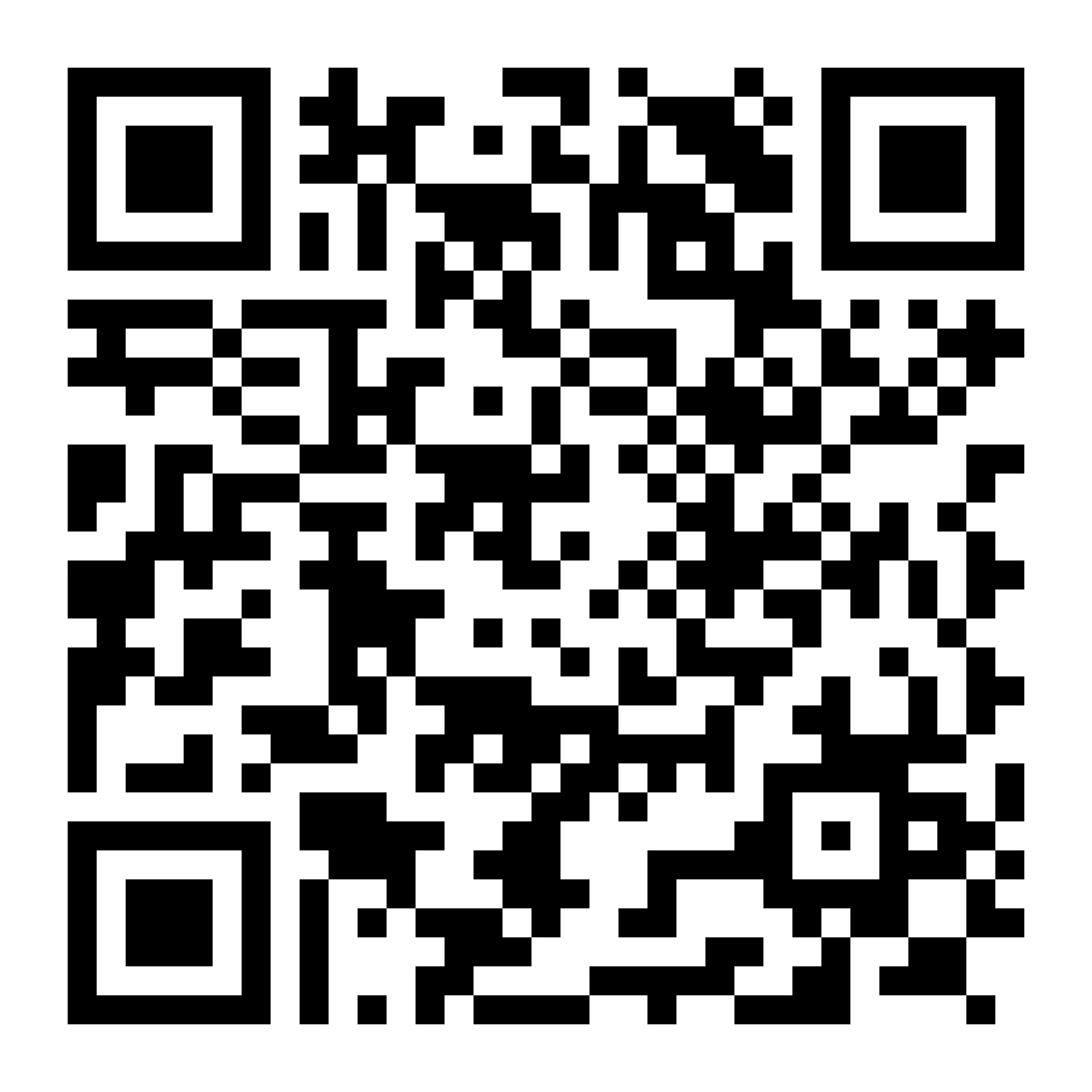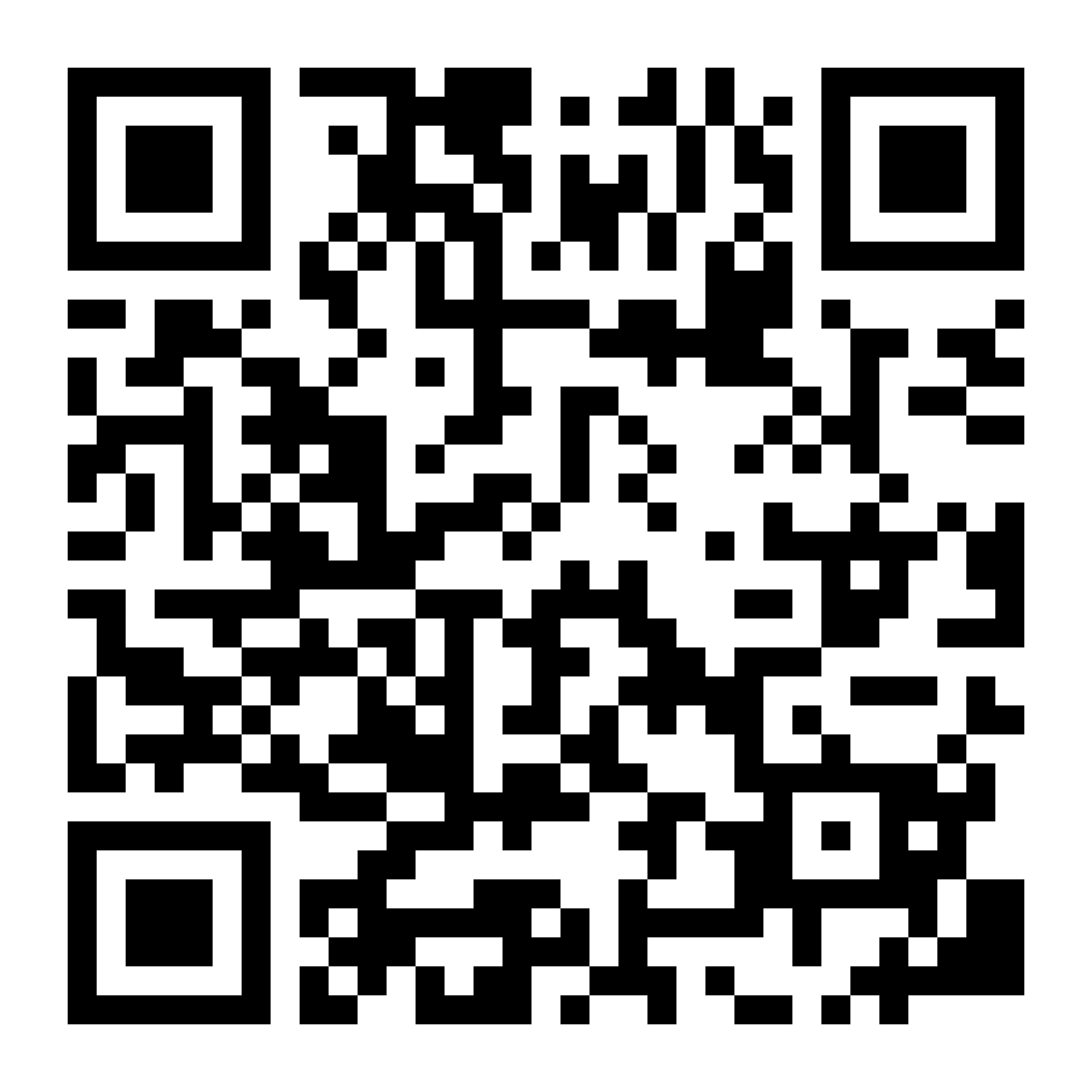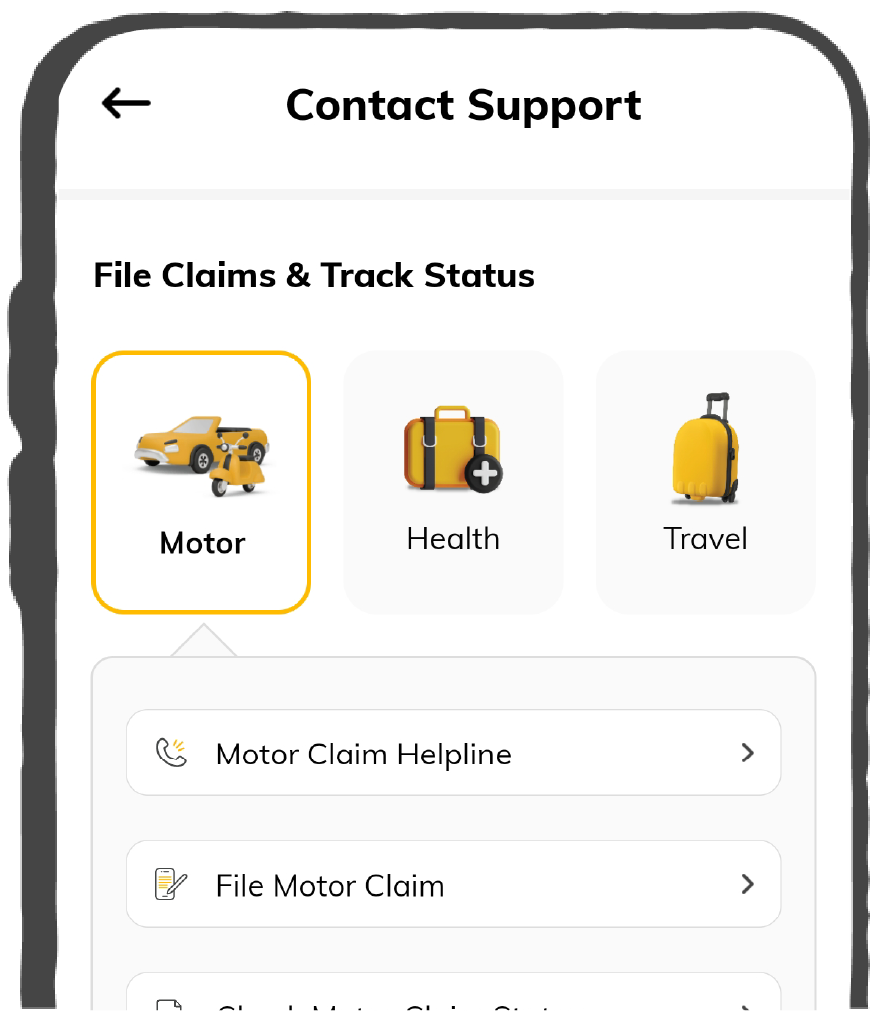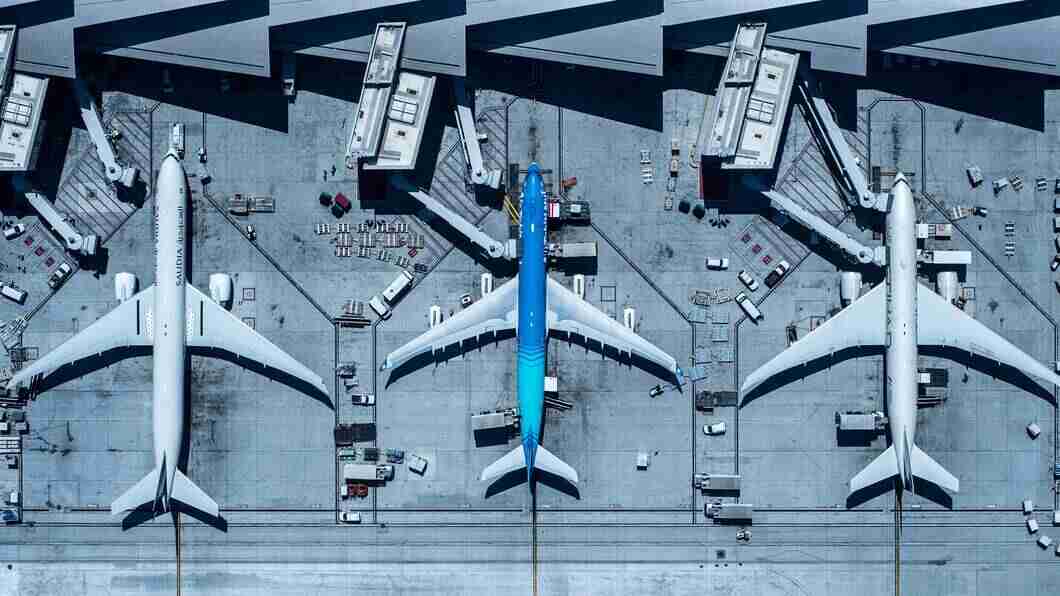7 Crore+ Customers

Affordable Premium

Accessibility Options

General

General Products
Simple & Transparent! Policies that match all your insurance needs.


37K+ Reviews
7K+ Reviews
Scan to download

Life

Life Products
Digit Life is here! To help you save & secure your loved ones' future in the most simplified way.


37K+ Reviews
7K+ Reviews
Scan to download

Claims
Claims
We'll be there! Whenever and however you'll need us.


37K+ Reviews
7K+ Reviews
Scan to download

Resources
Resources
All the more reasons to feel the Digit simplicity in your life!
 Tools & Calculators
Tools & Calculators


37K+ Reviews
7K+ Reviews
Scan to download

37K+ Reviews
7K+ Reviews
Select Preferred Language
Our WhatsApp number cannot be used for calls. This is a chat only number.

Enter your Mobile Number to get Download Link on WhatsApp.
You can also Scan this QR Code and Download the App.


Business agreements between airline companies help them expand their customer base and improve profit making. Commercial contracts and joint ventures between different airlines can boost business for all cooperating partners and ensure hassle-free check-ins and baggage facilities for the passengers.
This article discusses the interline agreements and how they benefit airlines and passengers alike.
Interline agreements are inter-airline contracts that are used to coordinate and handle passengers or baggage between two or more airlines. The standard document is primarily used to handle passengers travelling to destinations that have multiple stops.
These partnerships allow airlines to collaborate at each stage of a flight operation. As a result, interline agreements relieve passengers from making multiple bookings separately, in addition to enjoying hassle-free baggage and check-in facilities.
Unlike other agreements like code sharing and joint ventures, interline agreements between airlines are collaborations that improve the inter-airline ticketing experience. Inter-airline agreements promise the flexibility of travelling across multiple locations without multiple bookings.
Airlines like AirAsia and Air India allow passengers to easily transfer from one airline to another if one carrier faces any disruptions. The primary purpose of such alliances is electronic ticket data exchange.
Airlines sign interline agreements to share the services that they provide to the customer. This way, each airline can sell itineraries that they would otherwise not be able to serve alone.
The International Air Transport Association (IATA) aims to standardise interline agreements through a multilateral Interline Traffic Agreement. It helps settle commercial agreement terms across several airlines globally.
Market liberalisation eventually results in commercial agreements like interline and code sharing. For example, the COVID-19 pandemic gave rise to new interline agreements to allow settlements around scheduling, reservations, baggage, and departure control. Currently, standard interline agreement between airlines have enabled various reservation changes, which has improved inter-airline partnerships.
Passengers can benefit from interline agreements in the following ways:
Mutual alliances between airlines allow a single flight number for different flight tickets. These agreements let some airlines operate in regions where it does not have scheduled flights. In addition, airlines can use code-share agreements to increase flight frequency without additional cost and resources.
From a passenger's perspective, code-share agreements allow them to book flights with an airline company which is not generally included in their itinerary. Unlike interline agreement between airlines, code sharing also guarantees safety, security, and provision to travel with a single ticket across multiple airlines.
Typically, code-share agreements are marketing tools between operating carriers. Every agreement has mutual obligations around route listing, marketing product display, technical and functional requirements, etc. As services, they enable passenger handling and airport procedures like flight transfers, etc. Code-shares are exclusive obligations that prevent airlines from entering into further agreements.
Mutual agreements on route offerings are sometimes challenging to work with for airline alliances. Hence, airlines prefer entering into a joint venture agreement with other airlines to share revenues. This requires coordination and prior scheduling. Airlines generally share revenues as per a mutually agreed contract that involves several negotiations.
Joint ventures typically increase the airline's capacity to align their products according to requirements. Some airlines also share co-located facilities and joint warehouses for handling common obligations. Joint ventures also aid in freight shipping with service recovery, insurance, and cargo tracking facilities.
Interline agreements and alliances favour both airlines and passengers. The essential and fundamental clauses of joint agreements, code-shares or interline agreements prove that cooperative relationships increase competitiveness. Airlines worldwide are increasingly adopting these agreements to cater to more customers and improve their route offerings.
Interline agreements allow passengers to coordinate their flights across several airlines without repeated check-ins and dealing with baggage. However, code-share flights enable airlines to operate flights on behalf of other airlines that do not serve a location.
Interline agreements allow passengers to coordinate their flights across several airlines without repeated check-ins and dealing with baggage. However, code-share flights enable airlines to operate flights on behalf of other airlines that do not serve a location.
IATA has introduced a standard model of interline agreements that its member airlines follow. This includes the formation of a multilateral Interline traffic agreement and a Prorate Agency to set industry-ready multilateral agreement guidelines.
IATA has introduced a standard model of interline agreements that its member airlines follow. This includes the formation of a multilateral Interline traffic agreement and a Prorate Agency to set industry-ready multilateral agreement guidelines.